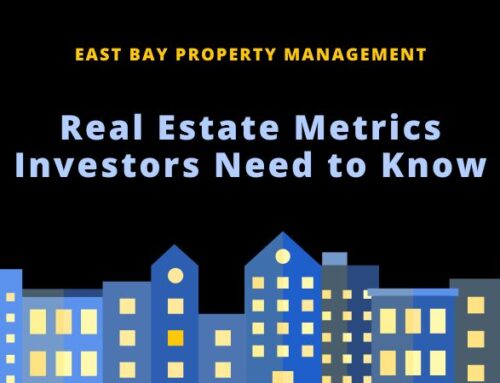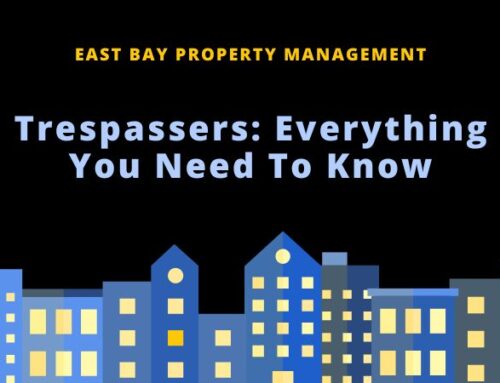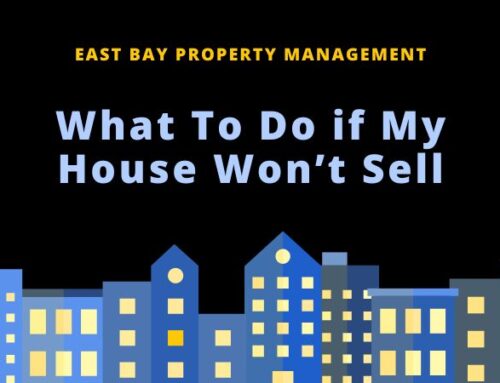As a landlord in California, it’s likely you or one of your tenants will want to break the California lease that you signed. This is possible to do, however, it depends on the length of the entire lease term.
In this post, we are outlining everything you need to know regarding breaking a lease under California law.
Early Termination of Lease Agreement: Breaking a Lease Early
If you’re like most landlords in California, you probably signed a twelve-month lease with your tenant. Most of the agreements we sign at East Bay are twelve-month leases. Our only exception is if a tenant signs a lease early, in November or December. In this case, the lease will likely run for sixteen months.
We do this because it’s much easier for you as a California landlord to rent out your rental unit to a new renter during the spring and summer, should you need to. If the tenant wishes to renew their lease when it expires at this time, we’ll then allow them to resign for twelve months at a time.
If a tenant has been paying rent for longer than a year, as a landlord, you may have started renting to them on a monthly basis. It’s important to know what your current rent term length is with each of your tenants. That way, if they or the landlord, you, want to break the rental stay, you’ll know how much notice needs to be provided by either party, whether the tenant breaks the lease early or not.
How to Break your Lease before the End of the Lease Term
Under California law, if your tenant is on a month-to-month lease and wants to vacate the rental unit, they only have to give the landlord thirty days written notice prior to moving out. If you as the landlord want to end the lease and its month-to-month, you’ll also have to give your tenant thirty days’ notice. However, if they’ve resided in the rental for longer than twelve months, which they likely have if they’re on paying per month, the landlord will have to give them sixty days’ notice instead.

If your tenant has signed a longer with you as the landlord, such as a twelve-month rental agreement, and are intent on breaking a lease, they’re able to do so provided they continue to pay rent. They must continue to pay all unpaid rent for the entire time the unit is vacant until a new tenant moves in if they want to go through with early lease termination. After there’s another tenant in the unit, they’re free of any further rent obligation as per the rental lease.
As per the California landlord-tenant law, a tenant can also break a lease if a landlord repeatedly violates the terms of the California lease agreement, are called on for active military duty, are a victim of domestic violence (this includes all forms of domestic violence), have filed for a temporary restraining order from one of their cohabitants, or any other sort of legal justification. For them to legally break their lease in any of these situations they don’t have to wait until their fixed-term lease expires.
As a landlord, you do not have a right to break a tenant’s twelve-month lease early. If you’re looking to sell the unit or move back into it, you’ll have to wait until the lease term has expired to do so. The only exception to this rule is if the renter refuses to pay rental payments or violates the lease. If this is the case, as the landlord, you’ll want to begin the legal eviction procedure to remove them from your unit.
California Leasing – Marketing your Unit
Once you or your California tenants have made it clear that one or the other is breaking the lease, it’s time, as a landlord, to begin advertising and marketing your vacancy aggressively. Your tenant will have to continue paying their rent until you find a new tenant to be landlord for and they sign a lease agreement.
You can show the properties while the outgoing tenants are still living there. However, we only recommend doing this if the tenant is keeping it in the best condition possible. If not, we recommend that the landlord wait until the tenant has vacated the units to begin marketing them. Otherwise, you risk losing prospective tenants. As the landlord, you should only want to show your properties to potential tenants in the condition that they will be when they move in.

Conclusion: Breaking your Lease
If you have any questions regarding the breaking of a lease in California by either the tenant or landlord, you can give us a call today at (510) 996-3238. We also offer two seminars every month on the basics of managing properties and real estate investment. You can RSVP for these seminars by calling or texting us at (510) 996-3238. We look forward to hearing from you!
___
This information is only meant to educate and not serve as legal advice. For further help and better understanding of the law, please consult an experienced management company or an attorney. They know the law and comply well.





